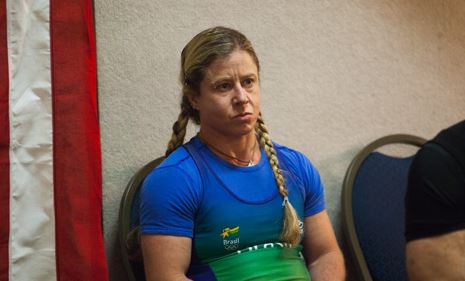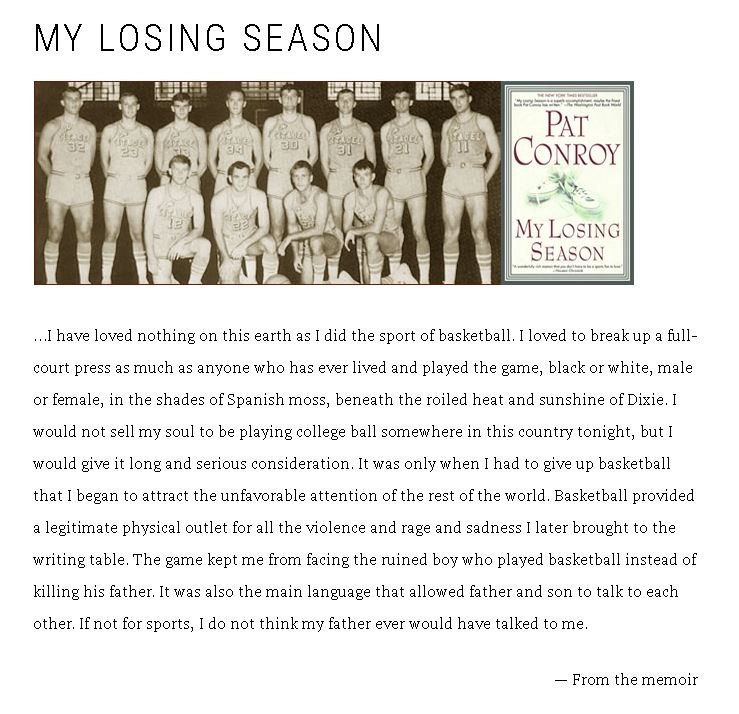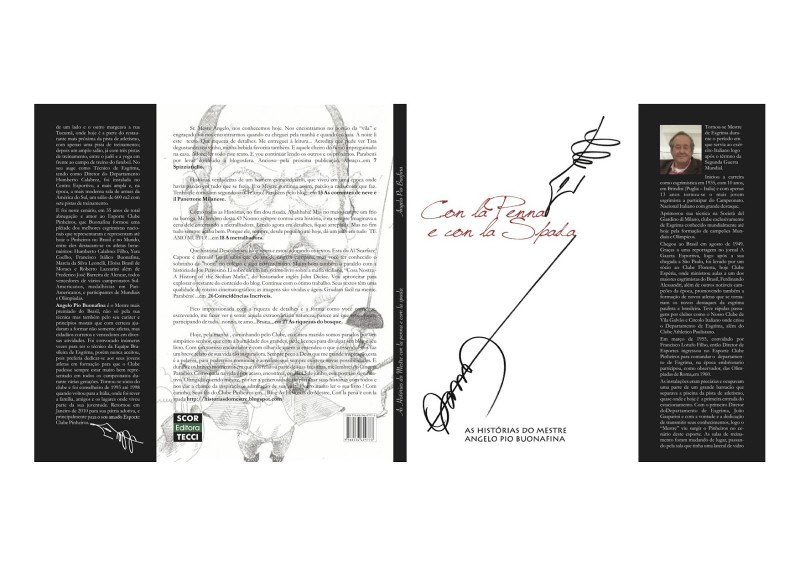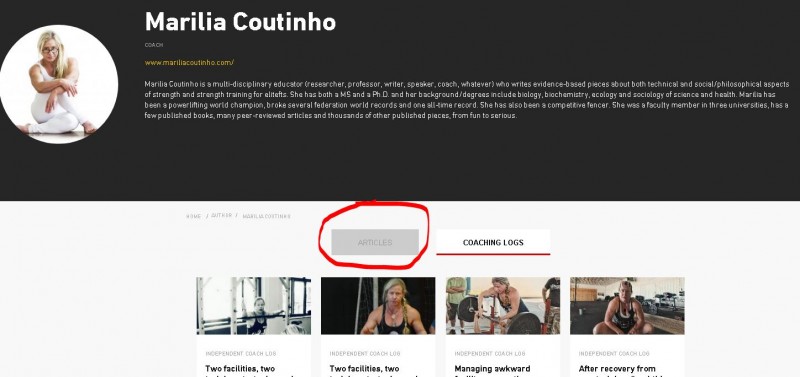
(part 1)
This is the 11th day after my young friend and athlete’s passing. It’s a lot of time but not time enough to elaborate on my questions. They remain unanswered.
I only coached him for a couple of months but the darkness in our continued private conversation kept me stuck in my role. These are the questions I ask over and over again, with a few and unsatisfactory answers. What is this role? Who is the coach in a person’s life – young, very young or not young at all?
The scientific literature asks some of the same questions and case studies about successful coach-athlete relationships corroborate the growing consensus that it is a complex, intense and intimate relationship. Being the “more experienced other” may mean being a role model. Some type of role model.
Thoroughly reviewing the scientific literature is what I do for a living. It provides most of the answers to my questions but in this case, it does not provide the answers to the most important questions of all. So now I turn to literature and to my own memories for that.
Pat Conroy wrote extensively on coaching and sports, about their beauty, their transcendence and also their darkness.
“For years Ben had walked toward him in dreams and sudden thoughts. If he could, Ben would have told him about the soft places a boy reserves for his first coach, his unruined father who enters the grassless practice fields of boyhood like a priest at the end of a life. Coach Murphy was gentle.”
“What kind of world is it, Ben thought, that lets its coaches die without his boys around him, buying him Cokes, calling him by his first name, and rubbing his shoulder with Atomic Balm? He died without a face in a room I never saw without my kisses in the stained gauze or without my prayers entering the center of his pain. But worst of all, O God, you let him die, let Coach Murphy die, let Dave die, without my thanks, my thanks, my thanks.”
Pat Conroy, The Great Santini
“The game kept me from facing the ruined boy who played basketball instead of killing his father. It was also the main language that allowed father and son to talk to each other. If not for sports, I do not think my father ever would have talked to me.” Pat Conroy, My Losing Season
Dexter is not the only one with a dark passenger. There are different types of dark passengers. My young friend had a “dark passenger” much like I have mine. He knew I had survived at least once and that I never gave up my attempts to understand this darkness. I did it through science, though. I had never done it by talking to my dark passenger. That takes guts. But then again, how can I be a good teacher if I can’t be a decent role model, with her answers and also questions, with her successes and failures but most of all, with the openness to look into the abyss?
That’s what I’m doing.
My conversations with my dark passenger took me back to my early teenage years when I was a competitive fencer. But that’s such a tiny part of the story: fencing was my life and Master (coach Angelo Pio Buonafina) was my second father. My first and real father took me on amazing journeys into the fine line between the known and the unknown, “To boldly go where no man has gone before”. Master loved me with a different fierceness, with fire and steel, and believed in me as nobody had ever believed before. Master showed me what I could dream and how I could make the dream into a goal. But I was so young, still just a child, so he also kept me on track with gentleness and toughness, with love and discipline, with hugs and even an eventual slap.
For three or four years, until I was 14 (1977), he was responsible for the only period of stable happiness I have ever known. My dark passenger was there, quiet, possibly also happy and living its dark life in the darkness of my unconscious mind.
I was violently taken away from fencing and from Master in 1978. Lost and hurt, I gave my dark passenger the lead and the rest is history.
Master was a role model, a friend, an accomplice in the little innocent crimes children commit in excitement (like eating several “athlete snacks” instead of one), the more experienced other and a father. He still is my role model and I think about him as I question my role as a coach-teacher.
I did, though, have the opportunity of finding him decades later, as he published his memoirs, “Con la penna e con la spada”, in 2012. Unlike Coach Murphy’s kids, I had the chance of saying my thanks, my thanks, my thanks.
Because all I needed to learn about life has nothing to do with gym or school. All I needed to learn about life and about how to live with my dark passenger I learned from Master and from my parents, who are also teachers.
Some reading I’ve done on this:
Teaching values and implementing philosophies: Dilemmas of the youth sport coach
Role of the Coach: How Model Youth Team Sport Coaches Frame Their Roles
Essay: Role of the coach in the coach-athlete relationship
For my long, thoroughly researched and evidence-based articles, just click on the link:













